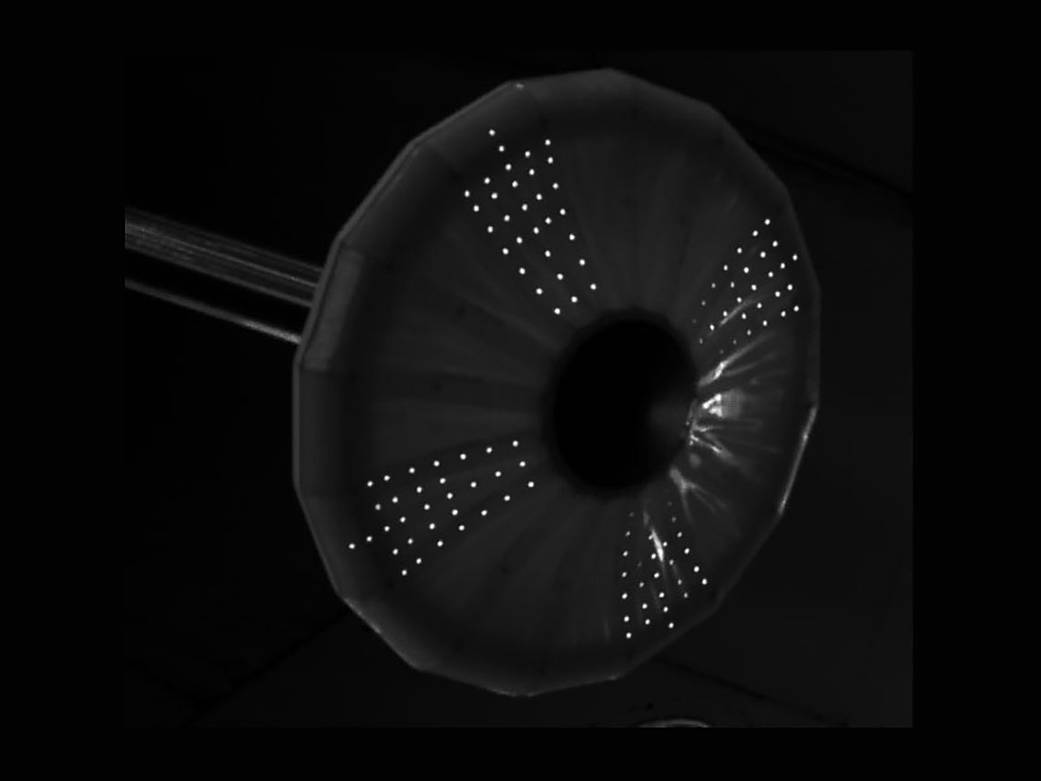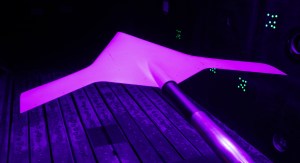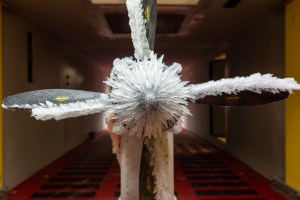Home
Quick Facts
Techniques
Capabilities
Since process improvement examines the methodology used for testing, the techniques are aimed more towards methods than towards particular instrumentation. With this in mind, the techniques that are used are endless, and largely depend on the insight of the people performing the testing. However, there are several few overarching areas that may be continually improved:
Design of Experiments (DOE)
Designing experiments with greater efficiency saves both time and money in the testing process. This includes planning tests to avoid taking extraneous data, while still retaining the necessary thoroughness of testing.
Model Prep and Installation
This technique is likely to vary greatly between different wind tunnels since each tunnel is unique. Improving efficiency and consistency can improve accuracy and allow more time for testing. This process includes balance handling, which ensures that the model is properly mounted onto the force balance.
Data Processing
Since technology is continually improving, so are data acquisition and processing methods, giving possibilities for additional saved time and/or more avenues for data examination.
Developing Techniques
Suitcaseless Angle Measurement System (AMS)
A new AMS unit is being developed that does not require a local laptop unit, so the controlling PC may reside in a control room. This helps the system to remain at the temperature at which it was calibrated (room temperature). Additionally, the new system can update at 10 Hz instead of 0.167 Hz, and has a greater potential to be used at other facilities. The suitcaseless system is also independent of the length of the cable that connects the instrument to the data system. This is a collaborative effort between NASA’s Langley Research Center and NASA’s Ames Research Center.
Modern Design of Experiments (MDOE)
This methodology is being developed that will allow the same level of information accuracy to be obtained with fewer data points. This method is contrasted by the One Factor at a Time (OFAT) method, and is meant to allow greater efficiency in data taking. This work is being led by NASA’s Langley Research Center.































